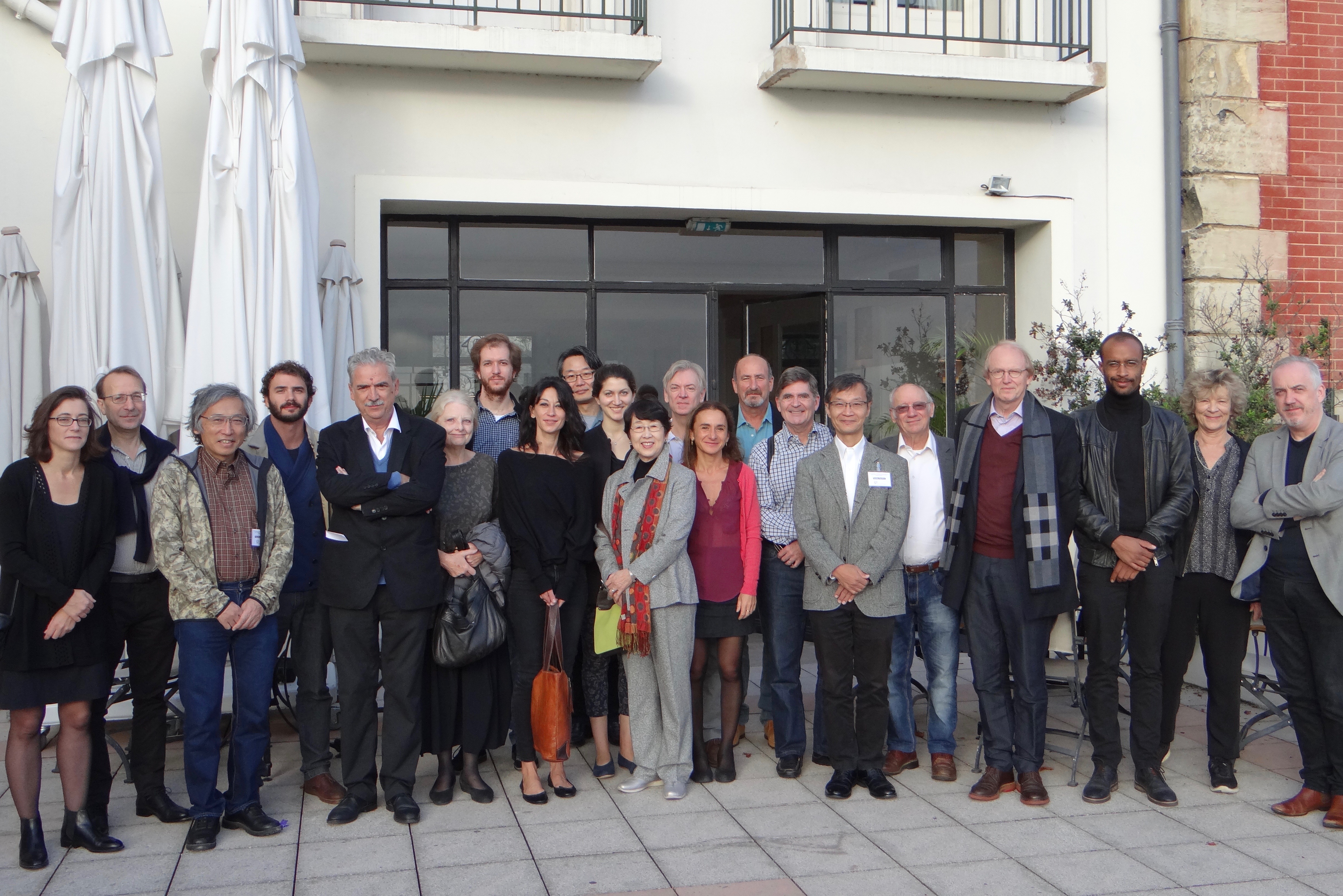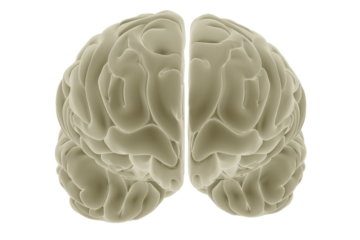
Blurb of Colloque Fyssen: Translation, interaction and Context
October 11-14, 2017
Pavillon Henri IV, Saint Germaine-en-Laye, France
Programme
Abstracts
This international colloque brings together researchers from a range of disciplines and approaches, broadly focused on the analysis of human interaction in its social, cultural and cognitive contexts. Recent advances in several fields converge on elements, levels and dynamics of social interaction, and provide the opportunity for new ways of modelling human expression and communication, in the context of cross-cultural variability (implying comparison, translation and possibly typology) and intra-cultural social embedding (implying ethnology, fieldwork, theories of context).
We now have a several decades of research on speech-gesture relations, and an emerging field of « multimodal interaction » that is transforming how we think of utterances. Binding and integration of information from multiple modalities over time become critical problems, calling for a plurality of approaches, including linguistic, semiotic, psychological, computational, neuroscientific and other methods. The study of signed languages is surging forward and raising questions about conventionality, social distribution, functional capacity in visual and tactile modalities. At the same time anthropologists have delved deeply into endogenous understandings of images, material objects, the body, performance (ritual and ordinary) and the social construction of perception and communication — all of which echoes multimodality, but in a different disciplinary language. The human capacity to make and appreciate art poses some convergent questions regarding medium, the interaction between audience, artist and work of art. Indeed verbal, visual, musical, sculptural and body arts are among the classic objects of linguistic and anthropological description.
Comparison, and arguably even understanding itself, relies on translation, whether across modalities, across cultures, across languages, or within a single linguaculture (eg paraphrase, reported speech, mimicry, mockery or other portrayal of gesture, posture, etc). In neuroscience and psychology, recent research has opened up a horizon of questions about how the brain and mind engage interaction and synthesize information. The questions of cultural variability, social embedding and translation are equally relevant here, although they have been developed in disciplines far removed from brain science. How can we best move knowledge across disciplines, so as to catalyze more incisive conceptualization and method?
Consistent with the scope of these questions, the participants in the colloque come from multiple disciplines, including anthropology, linguistics, psychology, neuroscience, computer science, music, and sculpture. These disciplines stand for different ways of constituting facts, crafting analysis and evaluating results. Cross-cutting these divisions, the participants come from a half dozen different countries in Europe, North America, Australia and Japan. The special interest of this diversity is that the approaches developed in different research traditions themselves differ in productive ways. We need to leverage this diversity for a pluridisiplinary and international approach commensurate to the challenges we face.
The challenge and aim of the colloque is therefor that we come together, begin to develop a language in which to collaborate, and initiate a community of debate at the intersection of translation, multi-dimensional analysis of human interaction, and the social embedding commonly called « context. »


